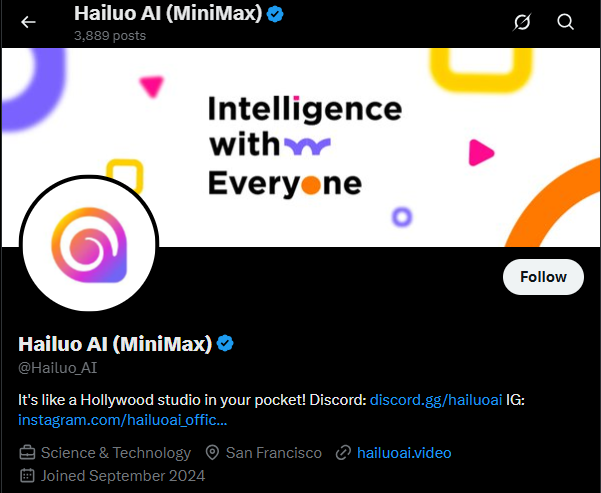Visit Hailuo AI website for full experience
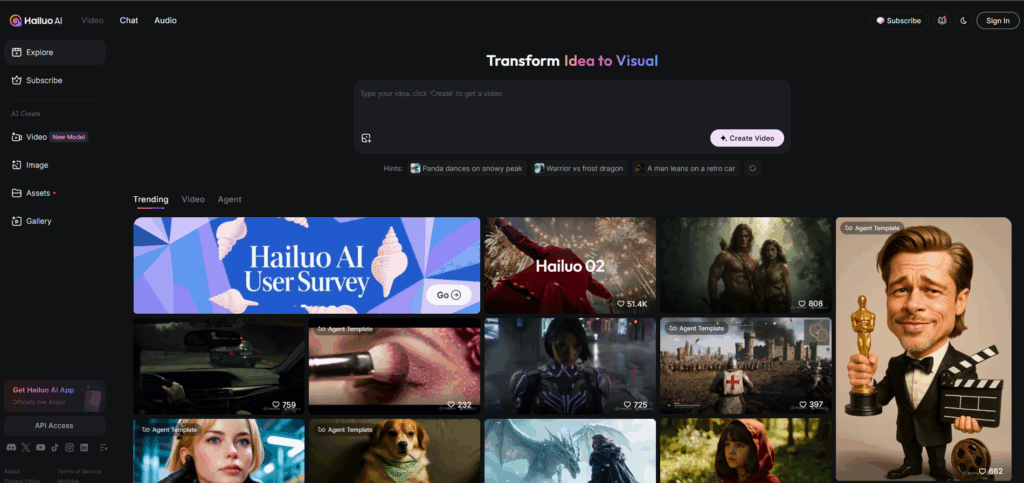
Remarks
Hailuo AI, developed by MiniMax, is an innovative AI-powered video generator that transforms text prompts or images into high-quality, short video clips, ideal for content creators, marketers, and storytellers. Launched in 2024, it leverages advanced algorithms to create engaging visuals for social media, marketing, and creative projects with minimal effort.
- Text-to-Video Generation:
- Hailuo AI transforms detailed text prompts into 6-10 second video clips, allowing users to describe scenes, characters, actions, and styles (e.g., “a futuristic city at sunset with flying cars, cinematic style”). This is ideal for creating short-form content for platforms like TikTok, Instagram Reels, or YouTube Shorts, as well as promotional videos or concept visualizations for businesses and educators.
- Image-to-Video Conversion:
- Users can upload a static image (e.g., a character portrait or landscape) to generate a dynamic video with added motion, such as animated camera pans or character movements. This feature is particularly useful for turning artwork, product photos, or storyboards into engaging clips, enhancing storytelling or marketing campaigns with minimal effort.
- Creative Applications and Styles:
- Hailuo AI supports diverse visual styles, including cinematic, anime, fantasy, and realistic, enabling applications like social media content, animated logos, educational explainers, or experimental short films. It also offers features like character consistency across frames and dynamic camera effects, making it versatile for creative professionals and casual users alike.
Limitations:
- Video Length and Resolution Constraints:
- Hailuo AI is restricted to generating videos of 6-10 seconds at 720p or 1080p resolution, which may not meet the needs of users requiring longer-form content or ultra-high-definition (e.g., 4K) outputs for professional filmmaking or large-screen displays. This limitation can hinder its use for full-length advertisements or cinematic productions.
- Limited Post-Generation Editing:
- The platform does not offer built-in tools for editing generated videos, such as trimming, adding overlays, or adjusting audio, requiring users to rely on external software (e.g., Adobe Premiere or DaVinci Resolve) for refinements. This can be a bottleneck for users seeking a complete, all-in-one solution.
- Potential Inconsistencies in Complex Scenes:
- Complex prompts involving multiple characters, intricate movements, or detailed backgrounds may result in visual inconsistencies, such as distorted objects, unnatural motions, or mismatched lighting. Users must carefully craft prompts and may need multiple iterations to achieve desired results, which can be time-consuming.

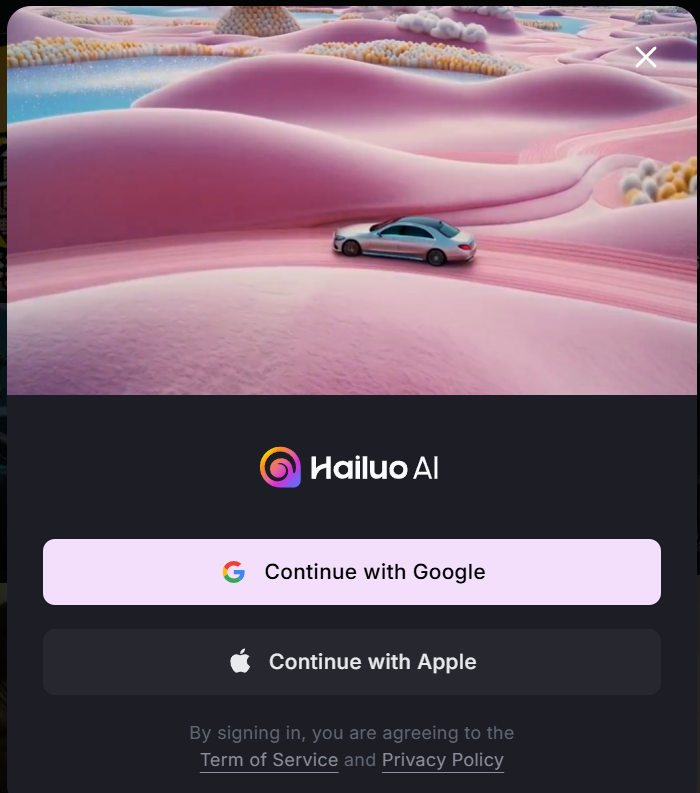


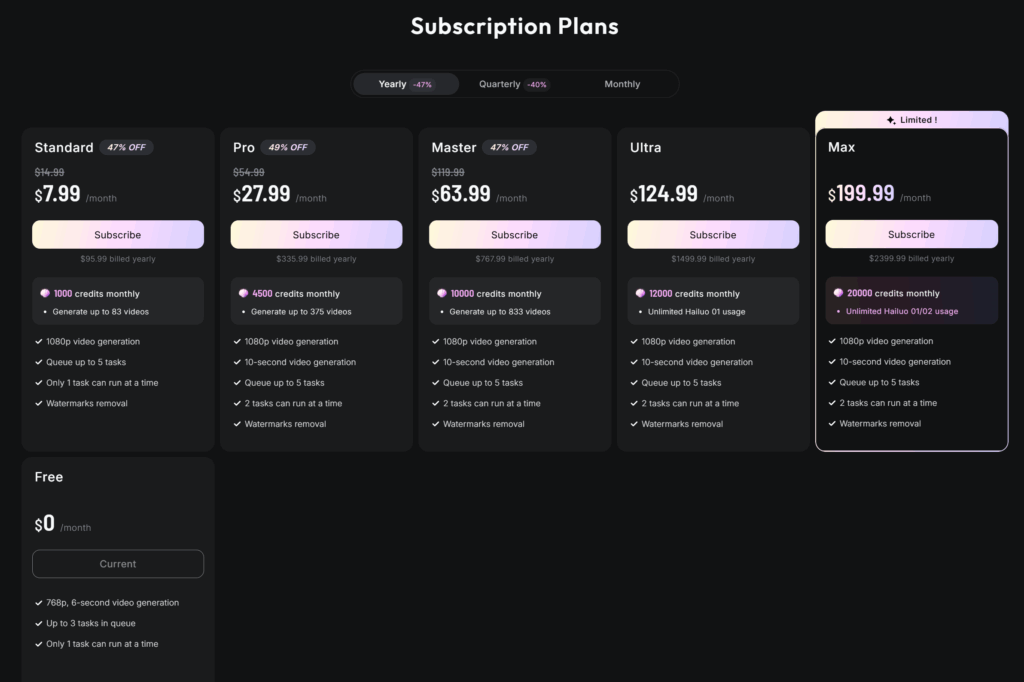
Visit Deepseek website for full experience
Remarks
DeepSeek is an AI-powered tool designed for deep information retrieval, analysis, and content generation. It is commonly used in areas such as:
- Advanced Information Retrieval
- DeepSeek can process and analyze large datasets to extract relevant insights.
- It helps users find precise information beyond standard search engines.
- Natural Language Processing (NLP) Applications
- Used for text summarization, sentiment analysis, and question-answering systems.
- Supports various languages and can generate human-like responses.
- AI-Assisted Research and Writing
- Helps researchers analyze academic papers, generate summaries, and suggest references.
- Useful for drafting articles, reports, and creative writing.
- Code Assistance and Debugging
- Provides AI-powered code suggestions, optimizations, and bug fixes.
- Supports multiple programming languages, aiding developers in software development.
- Business and Decision-Making Support
- Analyzes market trends, customer feedback, and financial data for businesses.
- Assists in generating insights for strategic decision-making.
limitation:
- Accuracy and Hallucination Issues
- AI models can sometimes generate incorrect or misleading information.
- Requires human verification before relying on outputs.
- Limited Real-Time Data Access
- May not always provide the latest information if it’s not connected to live data sources.
- Some AI models work with pre-trained datasets, limiting real-time updates.
- Context Limitations
- Struggles with highly nuanced or ambiguous queries.
- Long conversations may lead to context loss or inconsistencies.
- Ethical and Bias Concerns
- AI models can reflect biases present in training data.
- Requires careful consideration when used in sensitive applications.
- Computational Resource Constraints
- Running deep learning models requires significant computational power.
- Latency issues may arise during complex queries or large-scale data analysis.
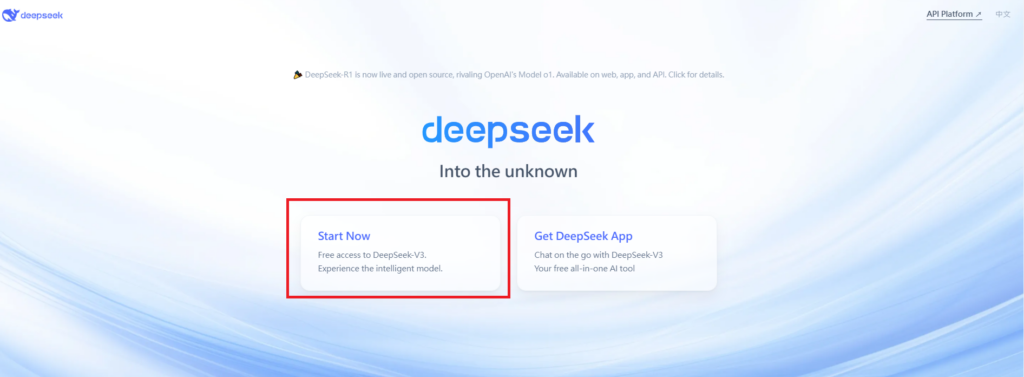
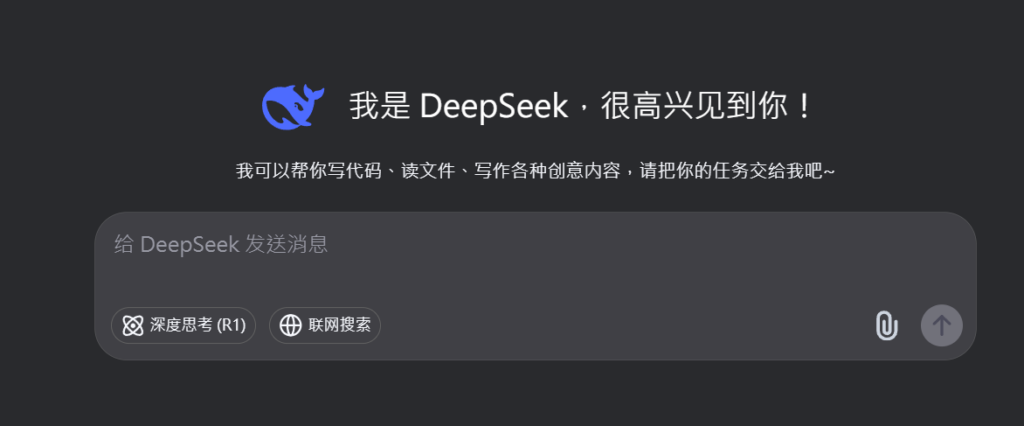

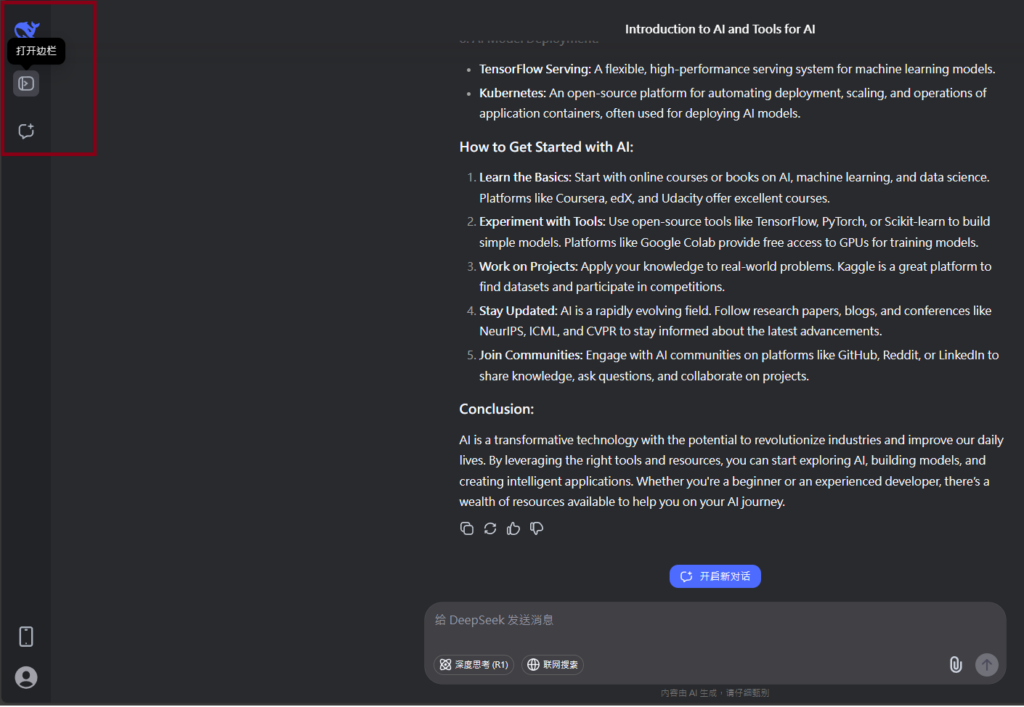
Lorem ipsum dolor sit amet, consectetur adipiscing elit. Ut elit tellus, luctus nec ullamcorper mattis, pulvinar dapibus leo.

